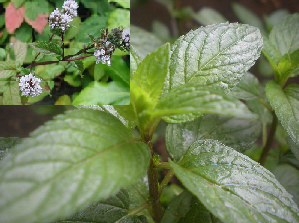Highlights
1) Mint is a genus of plants belonging to the family Lamiaceae, with many varieties and hybrids.
2) Mint leaves are used for culinary purposes and have a fresh, aromatic flavor. They are commonly used in teas, candies, and sauces.
3) Peppermint is a hybrid mint variety, a cross between spearmint and watermint. It has medicinal uses and is used in various products such as toothpaste and soaps.
Introduction
Mint and peppermint are both popular flavors, but many people are confused about the differences between them. Mint refers to the genus of plants belonging to the family Lamiaceae, with around 13-18 known varieties. Mint is an aromatic, mostly perennial plant that can grow 10-120 cm tall and spread over a large area. It is used in culinary purposes such as teas, jellies, candies, and garnishing. Mint jellies and sauces are popular condiments in British and American cuisine. Menthol, derived from mint essential oil, is used in cosmetics and perfumes and can also be used as a decongestant. However, some people may experience allergic reactions to mint.
Peppermint, on the other hand, is a hybrid mint variety of spearmint and watermint. It is indigenous to Europe but is now cultivated worldwide. Peppermint features smooth slightly fuzzy stems, fleshy roots, and dark green leaves with reddish veins. The plant flowers in mid to late summer with purple flowers. Peppermint is used in a wide variety of products and has a long history of medicinal use. It can help with symptoms such as nausea, abdominal pain, indigestion, and bloating. The aroma of peppermint is known to enhance memory and alertness and is commonly used in aromatherapy.
The main difference between mint and peppermint is that mint can refer to any plant from the Lamiaceae family, while peppermint specifically refers to the hybrid variety of spearmint and watermint. Peppermint extract is made from pure peppermint oil, whereas mint extract can be derived from any culinary mint plants.
